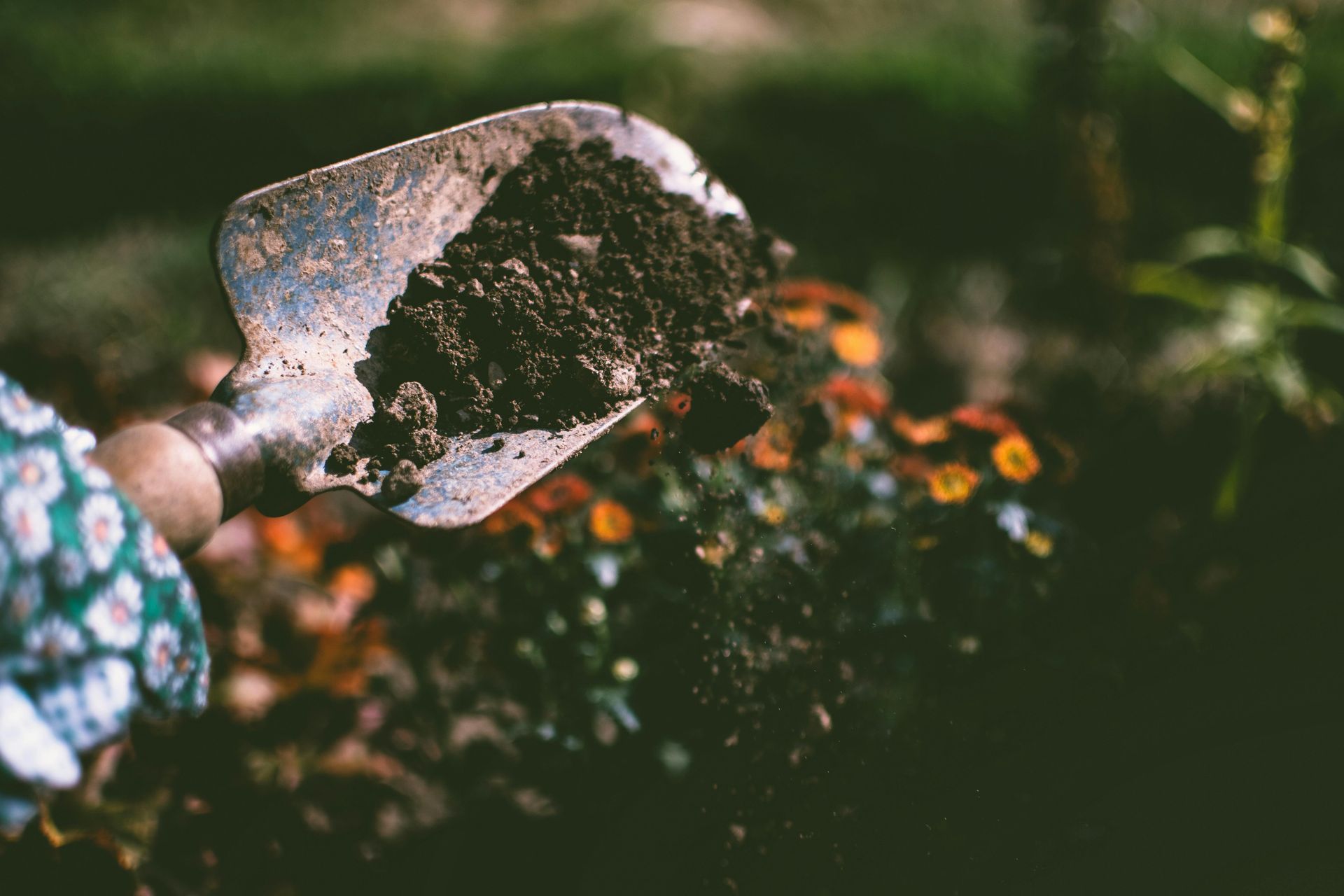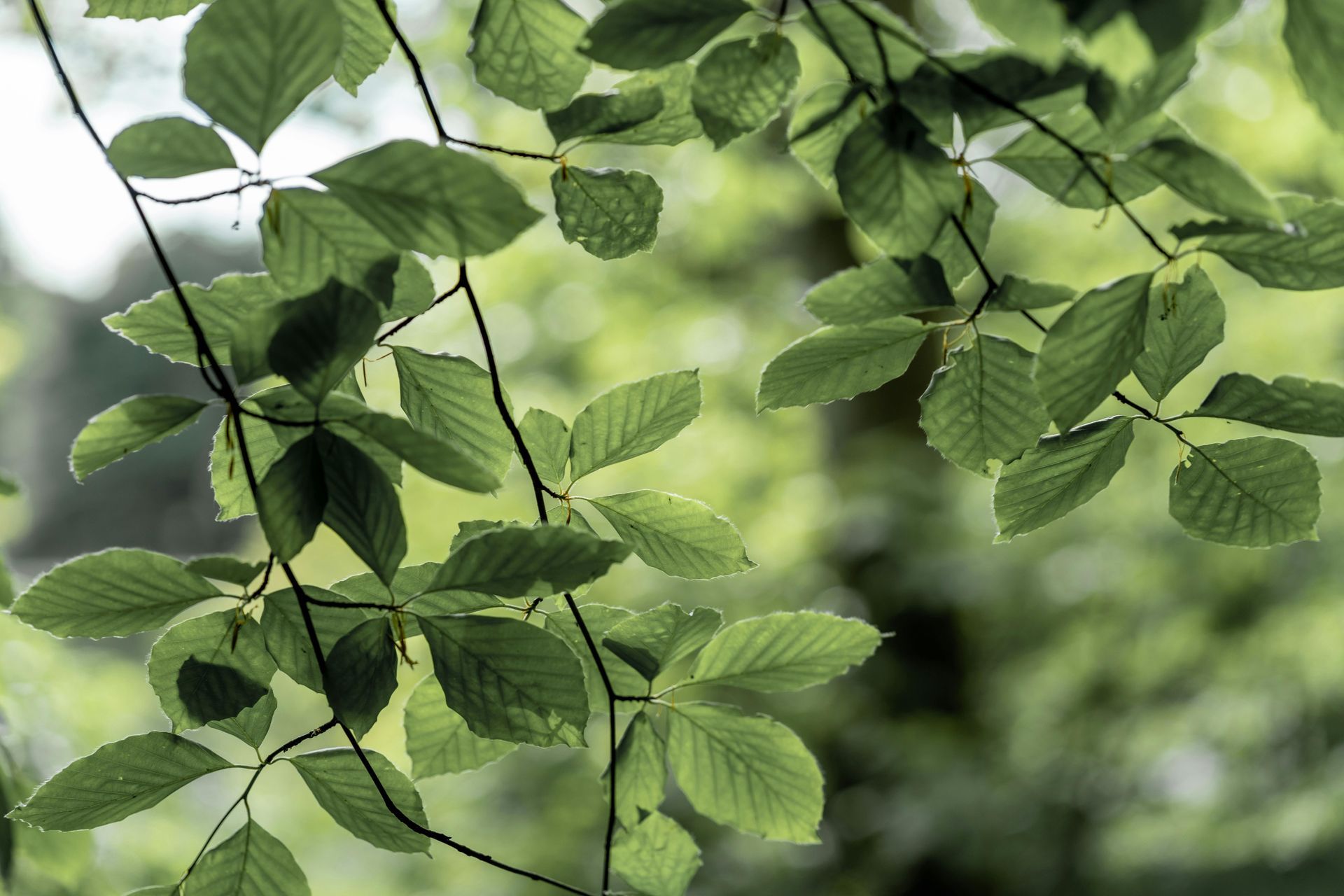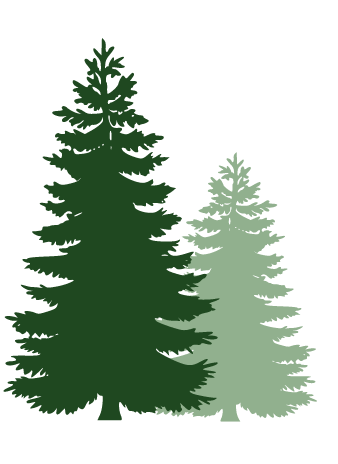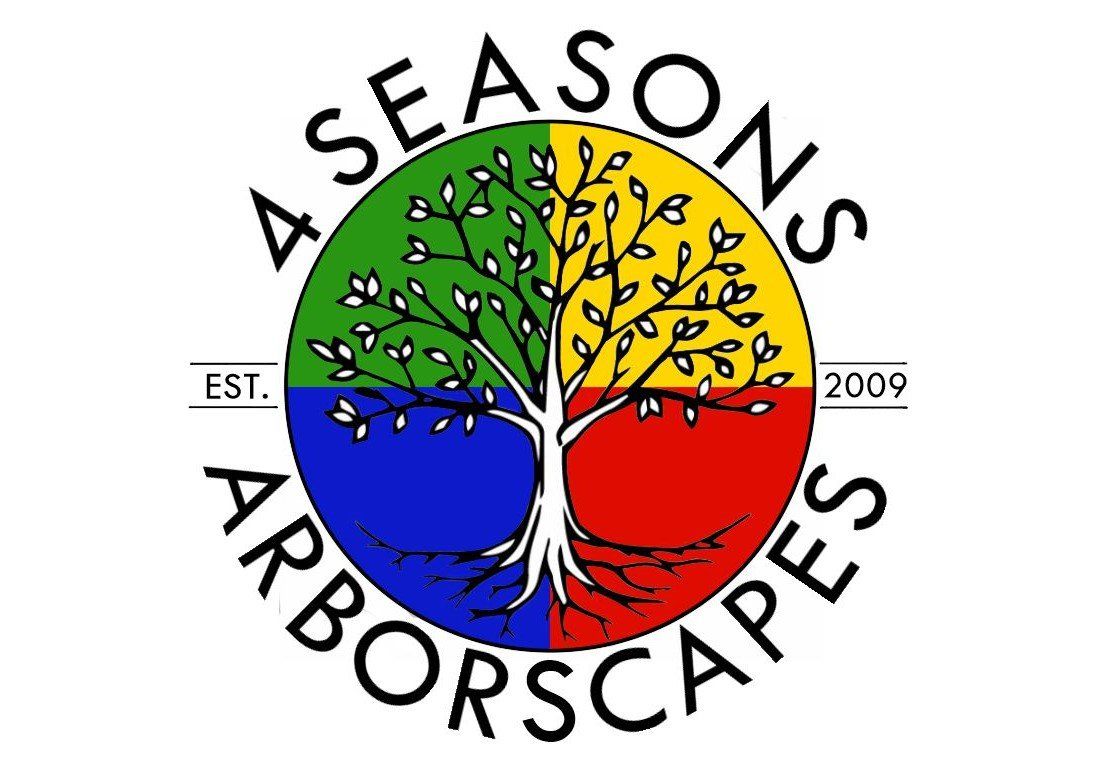The Chinese Cedar
Among Asia’s most admired native trees, the Chinese cedar (Toona sinensis)—also known as Chinese mahogany—stands out as both an ornamental and cultural treasure.
A Seasonal Spectacle
In early spring, the Chinese cedar puts out new leaves in shades of rose, crimson, or bronze, creating a striking canopy that gradually turns bright green as summer arrives.
In autumn, the foliage transitions once again (this time to yellow or orange) making it a three-season ornamental.
The pigments (anthocyanins) that tint the young leaves help protect them from UV light and signal to herbivores that the leaves may be toxic.
Mature trees can grow 40–80 feet tall and live for decades, developing a tall, straight trunk and a wide, rounded crown.
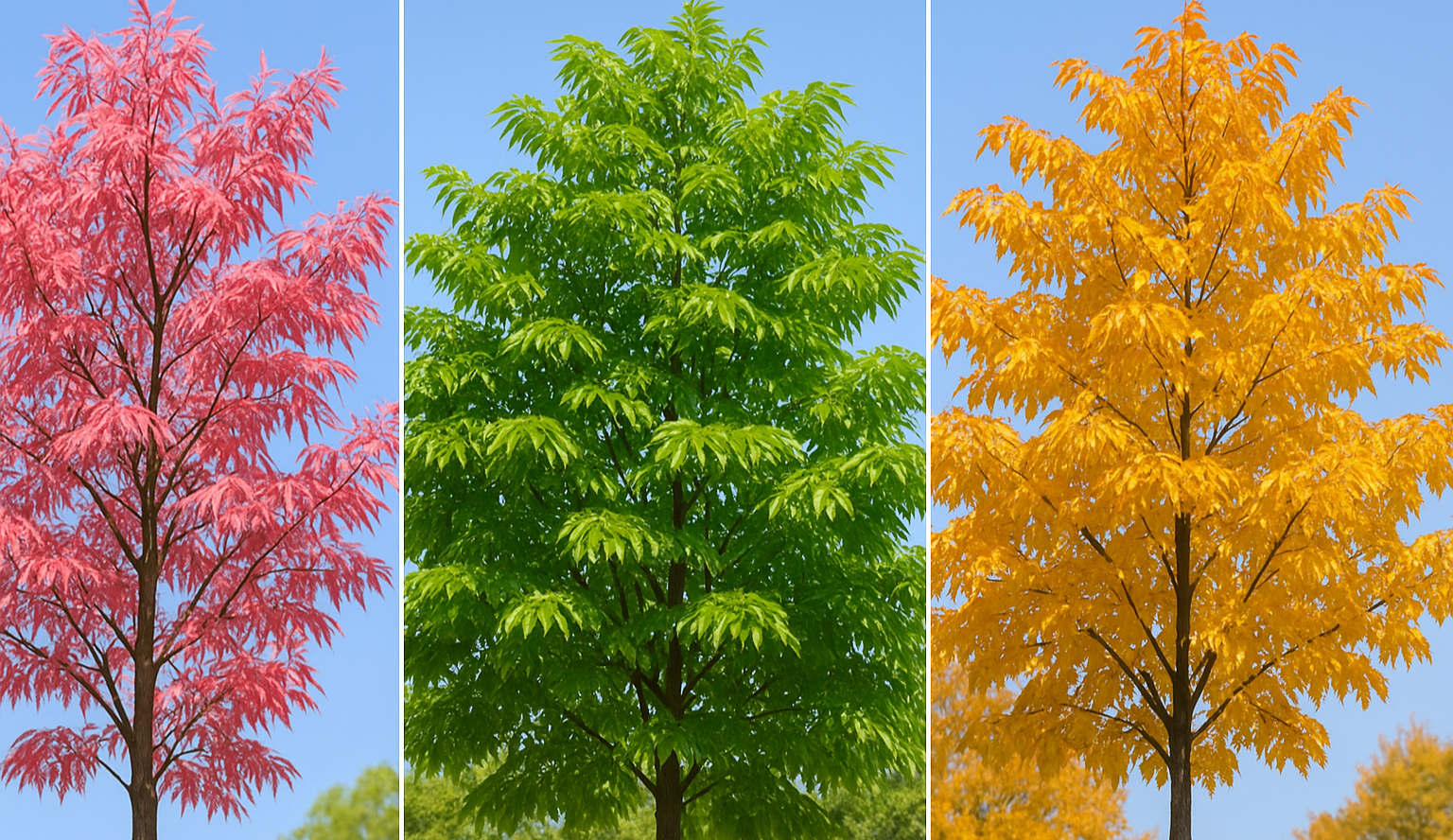
Habitat and Range
Chinese cedar is native to a broad swath of East and Southeast Asia, including China, Korea, Nepal, northern India, Myanmar, and Vietnam.
In the wild, it often grows on mountain slopes, forest edges, and river valleys, preferring moist, well-drained soils and mild temperatures, but disliking frost or drought conditions.
In cultivation, it adapts surprisingly well to urban environments thanks to its tolerance of air pollution and compacted soil, which has made it a popular street and courtyard tree in many Chinese cities.
Care and Cultivation
The Chinese cedar is fast-growing, deciduous, and easy to maintain once established.
It prefers:
- Full sun to partial shade. Full sun encourages stronger color in spring foliage.
- Deep, fertile, well-drained soil rich in organic matter. Avoid waterlogged or sandy sites.
- Regular watering during the first 2–3 years to promote healthy establishment. Mature trees can tolerate dry periods well.
- Light pruning during dormancy to maintain form and encourages colorful new shoots. Coppicing (cutting back to ground level) can also be practiced to harvest tender leaves annually.
Because of its rapid early growth, T. sinensis is sometimes used in reforestation and erosion control projects, especially in China and Nepal, where its deep roots help stabilize soil.
A Culinary Treat
The tender spring shoots and young leaves of the Chinese cedar are a seasonal delicacy in Chinese cuisine, their flavor often described as a mix of onion, garlic, and walnut; aromatic and slightly tangy.
The shoots are harvested when they are reddish and only a few inches long, usually in March or April, and cooked quickly to preserve their flavor and nutrients.
Nutritionally, the leaves are rich in vitamin C, calcium, and antioxidants, and have been noted for anti-inflammatory and antimicrobial compounds.
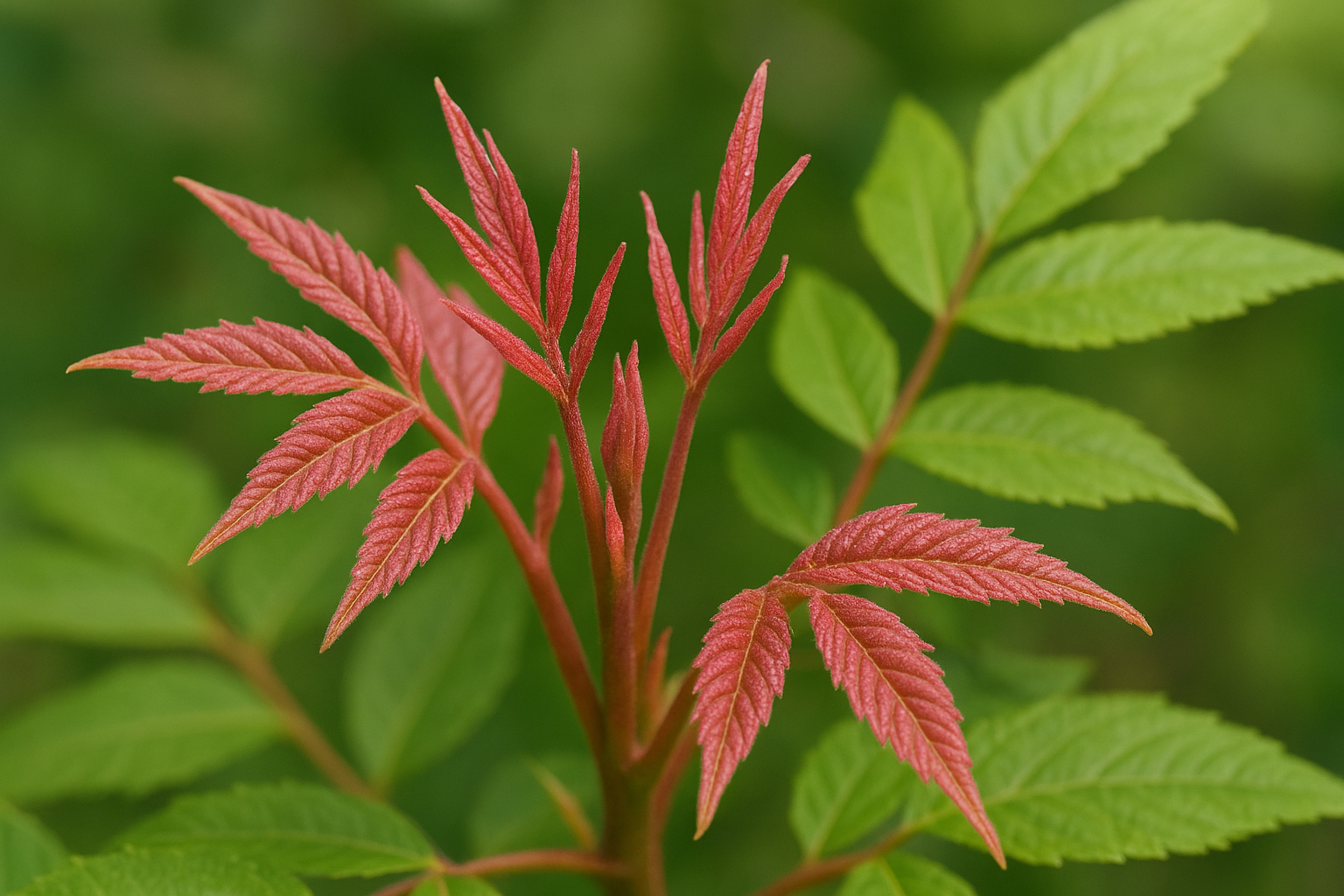
Medicinal and Practical Uses
In traditional Chinese medicine, nearly every part of the tree has been used at some point.
- Leaves and bark are believed to aid digestion, reduce inflammation, and combat bacterial infections.
- Root extracts have been used to treat dysentery and rheumatism.
- Seeds and flowers are sometimes included in herbal mixtures for liver health.
Modern research has supported some of these uses: laboratory studies have found antioxidant, antimicrobial, and anti-cancer properties in Chinese cedar leaf and bark extracts.
Beyond its medicinal value, the wood of T. sinensis—fine-grained, reddish-brown, and pleasant smelling—has long been used for furniture, carving, and cabinetry, especially in rural regions where it’s more readily available than tropical mahoganies.
References:
Check out the latest:





